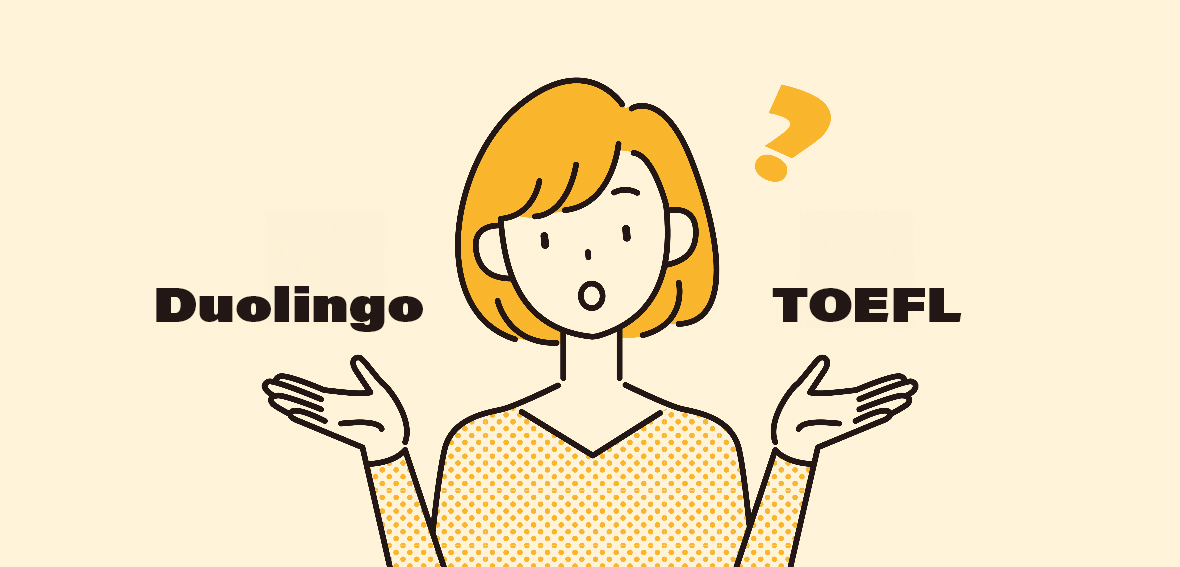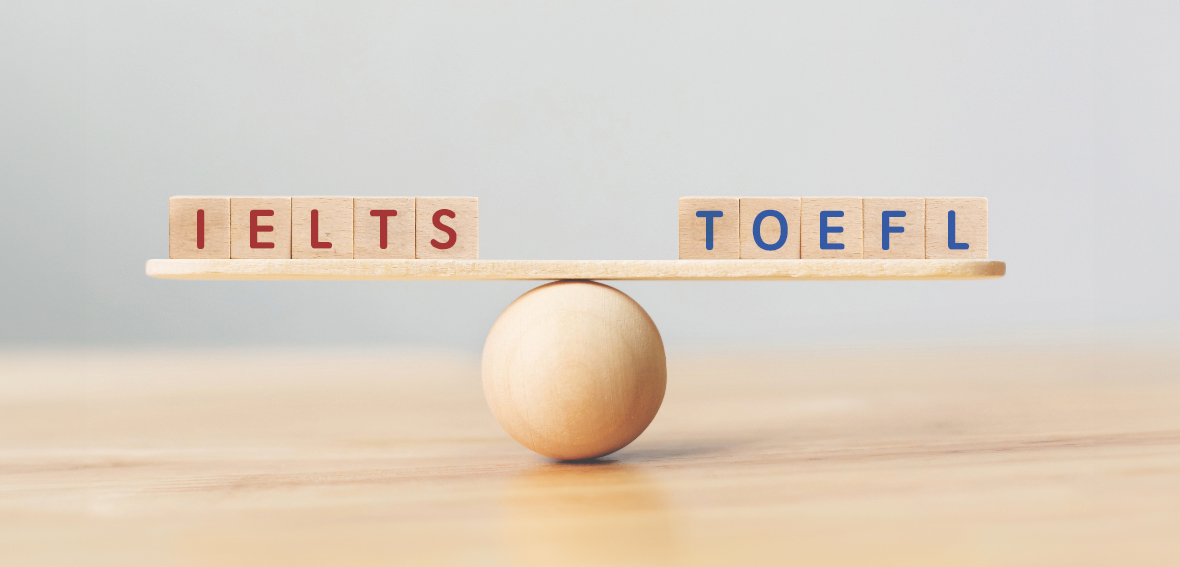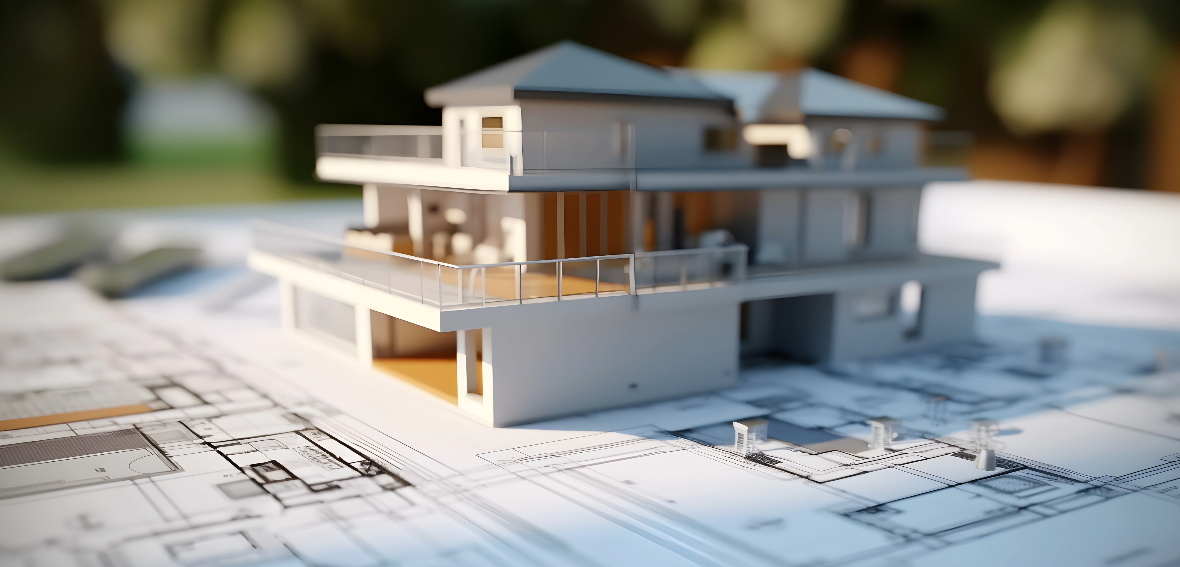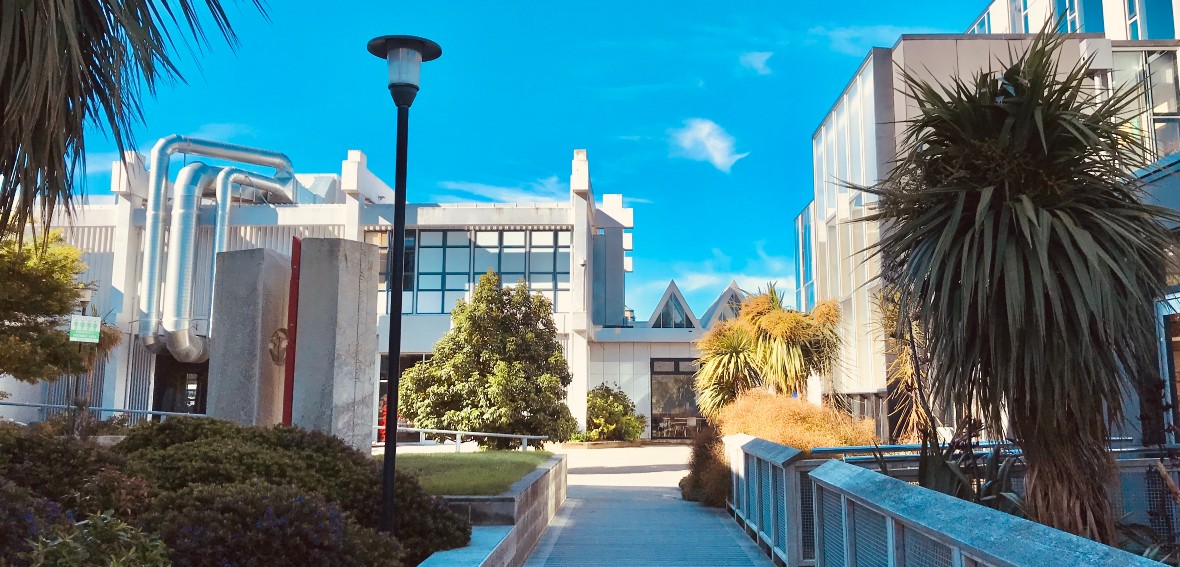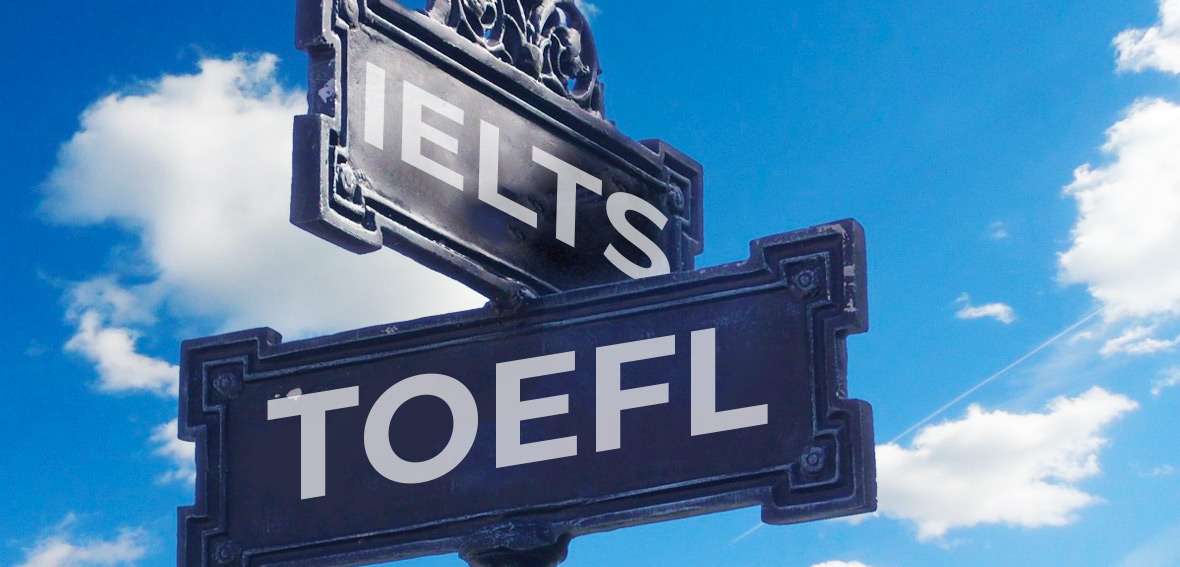Origines et fondements de l’urbanisme
L’urbanisme est loin d’être un concept moderne. Depuis l’apparition des premières civilisations, la manière dont nous organisons et planifions nos habitats a constamment évolué.
Leçon académique
“Urban planning, as we know it, has roots in ancient civilizations. From the layout of the Indus Valley cities, termed as the early agglomeration, to the systematic planning by the Greeks and Romans, the art and science of city design has evolved significantly. Over time, as societies expanded and their needs grew more complex, urban centers became more intricate. The evolution of cities and urbanization became particularly pronounced during the Middle Ages, with the establishment of trade routes and the rise of empires, setting the stage for modern urban design principles.”
Termes essentiels
- agglomeration (agglomération)
- urbanization (urbanisation)
- planning (planification)
Exercices TOEFL
- Question de vocabulaire: In the passage, the term “agglomeration” is closest in meaning to:
- Spread out
- Disintegration
- Cluster
- Isolation
- Question d’inférence: What can be inferred about the role of trade routes in the development of cities?
- They led to the decline of cities.
- They played a negligible role.
- They were instrumental in city growth.
- They were introduced only in modern times.
Réponses et commentaires
- C. Cluster (“Agglomeration” se réfère à une collection ou un groupe de choses. Dans ce contexte, il décrit la formation de villes ou de centres urbains.)
- C. They were instrumental in city growth (Les routes commerciales étaient essentielles pour le développement et la croissance des villes, car elles permettaient le commerce, l’échange culturel et l’expansion.)
Courants modernes en matière d’urbanisme
Le 21ème siècle a apporté de nouveaux défis et opportunités pour l’urbanisme, avec une attention croissante portée à la durabilité, l’inclusivité, et la technologie.
Leçon académique
“Modern urban planning is intertwined with pressing global challenges. The significance of sustainable development is paramount as cities grapple with environmental concerns. From introducing public transport systems that reduce carbon emissions to fostering a social mix in residential areas, modern urban planning aims to create inclusive, sustainable, and resilient urban environments. As technology advances, so does the approach to designing urban spaces, integrating green spaces, and promoting walkability.”
Termes essentiels
- sustainable development (développement durable)
- public transport (transports en commun)
- social mix (mixité sociale)
Exercices TOEFL
- Question de simplification de phrase: Which of the following best summarizes the architectural styles mentioned in the passage?
- Modern cities focus solely on aesthetics.
- Urban planning now prioritizes sustainable and inclusive designs.
- All cities have fully achieved sustainable development.
- Walkability is the only concern of modern urban planning.
- Question de vocabulaire: In the passage, the term “resilient” most likely means:
- Fragile
- Rigid
- Recovering quickly
- Static
Réponses et commentaires
- B. Urban planning now prioritizes sustainable and inclusive designs (Le texte met en évidence l’importance du développement durable et de la conception inclusive dans l’urbanisme moderne.)
- C. Recovering quickly (“Resilient” signifie la capacité à récupérer rapidement des difficultés.)
L’urbanisme : reflet et moteur de la société
Au-delà des bâtiments et des routes, l’urbanisme influence profondément la vie quotidienne, les interactions sociales, et la culture.
Leçon académique
“The essence of urban planning transcends the mere layout of cities. It delves deep into fostering public spaces that promote community interactions, facilitating areas that blend diverse backgrounds, and ensuring that the residential areas are conducive to the well-being of its inhabitants. Through the ages, the design of cities has mirrored the cultural, social, and economic priorities of societies. The very infrastructure of a city can either promote social inclusivity or lead to segregation, impacting the very fabric of societal interactions.”
Termes essentiels
- public space (espace public)
- residential area (zone résidentielle)
- infrastructure (infrastructure)
Exercices TOEFL
- Question d’inférence: What can be inferred about the relationship between urban planning and society from the passage?
- Urban planning has no significant impact on societal interactions.
- The design of cities always promotes social inclusivity.
- The layout of a city can influence societal interactions and cultural values.
- The economic priorities of societies are irrelevant to urban planning.
- Question de vocabulaire: In the passage, the term “segregation” most likely means:
- Integration
- Separation
- Celebration
- Concentration
Réponses et commentaires
- C. The layout of a city can influence societal interactions and cultural values (Le texte évoque comment la conception des villes peut influencer les interactions sociales et les valeurs culturelles.)
- B. Separation (“Segregation” signifie séparation ou isolement d’un groupe par rapport aux autres.)
L’avènement des smart cities
L’ère numérique a donné naissance aux “smart cities”, où la technologie et l’urbanisme se croisent pour créer des villes intelligentes et connectées.
Leçon académique
“The rise of the digital age has revolutionized traditional urban planning, ushering in the era of smart cities. These cities leverage IoT (Internet of Things) to connect devices, from traffic lights to home appliances, enhancing efficiency and response times. By harnessing urban data, city planners can make informed decisions, leading to optimized energy consumption, reduced traffic congestion, and improved public services. The emphasis on connectivity ensures seamless integration of various city components, creating a holistic and responsive urban environment.”
Termes essentiels
- IoT (Internet des Objets)
- urban data (data urbaine)
- connectivity (connectivité)
Exercices TOEFL
- Question de vocabulaire: In the passage, the term “holistic” is closest in meaning to:
- Fragmented
- Comprehensive
- Holographic
- Hollow
- Question d’inférence: Based on the passage, why are smart cities considered efficient?
- They rely solely on traditional planning methods.
- They use IoT to connect devices and improve response times.
- They focus on aesthetics over functionality.
- They disregard urban data for decision-making.
Réponses et commentaires
- B. Comprehensive (“Holistic” signifie prendre en compte ou traiter de quelque chose dans son ensemble, plutôt que de ses parties séparément.)
- B. They use IoT to connect devices and improve response times. (L’utilisation de l’IoT dans les smart cities permet une meilleure connectivité des appareils, ce qui améliore l’efficacité et les temps de réponse.)
Synthèse des termes à connaître
Les mots et expressions clés de cet article sont essentiels pour comprendre les nuances de l’urbanisme. Les voici :
- agglomeration (agglomération)
- urbanization (urbanisation)
- planning (planification)
- sustainable development (développement durable)
- public transport (transports en commun)
- social mix (mixité sociale)
- public space (espace public)
- residential area (zone résidentielle)
- infrastructure (infrastructure)
- IoT (Internet des Objets)
- urban data (data urbaine)
- connectivity (connectivité)
Épilogue
L’urbanisme, bien plus qu’une simple question de conception de villes, offre un aperçu de la société, de la culture, de l’économie et de la technologie.
En préparant le TOEFL iBT, comprendre ce domaine peut non seulement enrichir votre vocabulaire et vos connaissances, mais aussi vous donner un avantage lors de l’examen.
Nous vous encourageons à explorer davantage ce sujet et d’autres thèmes du TOEFL pour maximiser votre préparation.












